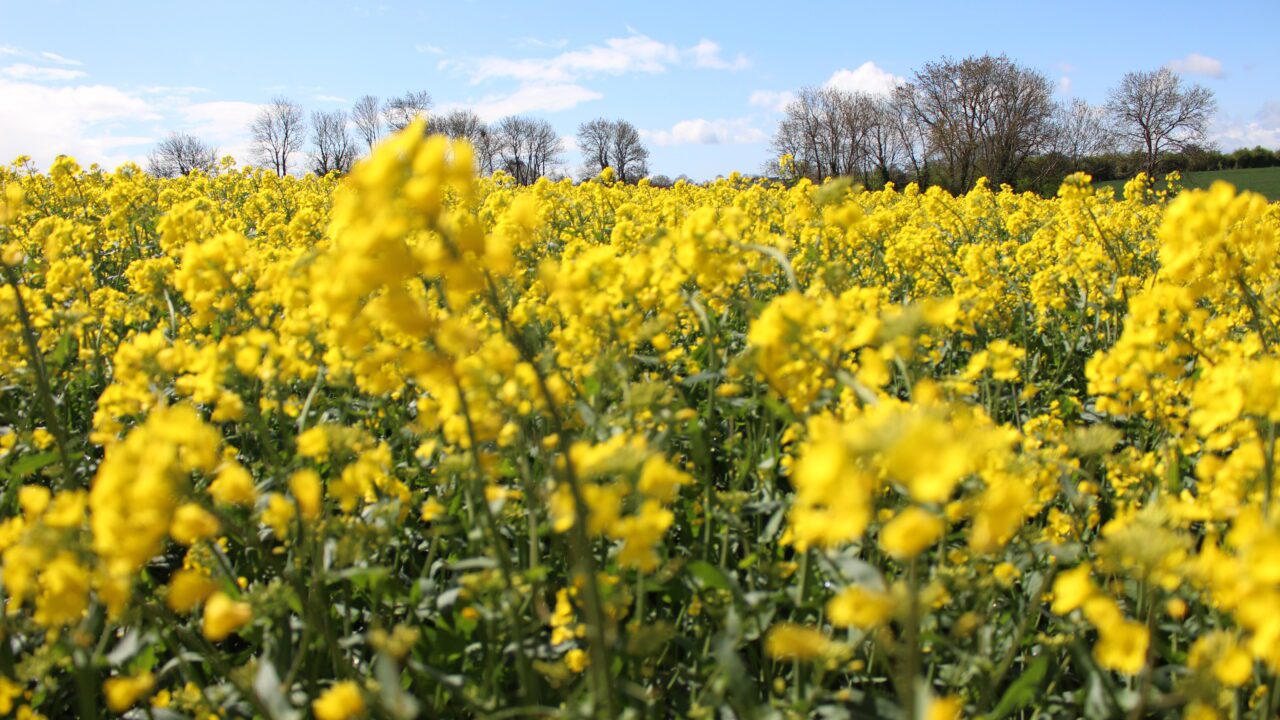Teagasc plant pathologist, Stephen Kildea, is advising growers of winter oilseed rape to check their crops now for signs of Phoma and light leaf spot disease.
Speaking on the most recent edition of the ‘Tillage Edge’ podcast he said that initial varietal selection can play a role in determining how big a foothold either of these can secure within a crop such as oilseed rape.
He said: “Variety selection is the pillar of the integrated pest management [IPM] systems that growers can put in place when it comes to keeping disease out of all crops.
“From a Phoma perspective, there are varieties out there that have very good levels of disease resistance.
“Utilising this resistance is very important. From a light leaf spot perspective, crops tend to be middle-of-the-road in terms of the disease resistance levels they offer,” he added.
“The rating for light leaf spot is always reflective of the disease pressure in a particular year. So where this particular disease is concerned, it’s very much a case of planting out the most resistant varieties that are available, and then closely monitoring the crops post-germination.”
According to the Teagasc representative, mild, damp conditions will heighten light leaf spot disease pressure.
Carry-over of disease in oilseed rape
The carry-over of disease from one crop year to the next is a major factor, where the establishment of both Phoma and light leaf spot are concerned.
Kildea confirmed that the much earlier drilling of many winter rape crops in 2021 has intensified the impact of this factor over recent weeks.
“The exceptionally warm conditions that have characterised the autumn period up to this point will have allowed Phoma to develop and light leaf spot to a lesser extent,” he said.
Kildea has already seen evidence of Phoma gaining a foothold in winter rape crops.
He continued: “Light leaf spot is a little bit more difficult to identify at this time of the year.
“From now through until December, we will start to see evidence of light leaf spot emerging.
“But if it’s a case of light leaf spot already showing up in any part of a field, the strong likelihood is that a very heavy infestation now exists within the crop as a whole.”
Where Phoma is concerned, growers should apply a fungicide if they see between 10% and 20% of a crop showing signs of infection.
“In the case of light leaf spot, it really is a case of treating the crop if any signs of the disease are identified at this stage,” Kildea continued.
“If left to its own devices, the disease will multiply rapidly over the coming winter months. So in reality growers should have their crops sprayed, at the very latest, by mid-February of next year.”
